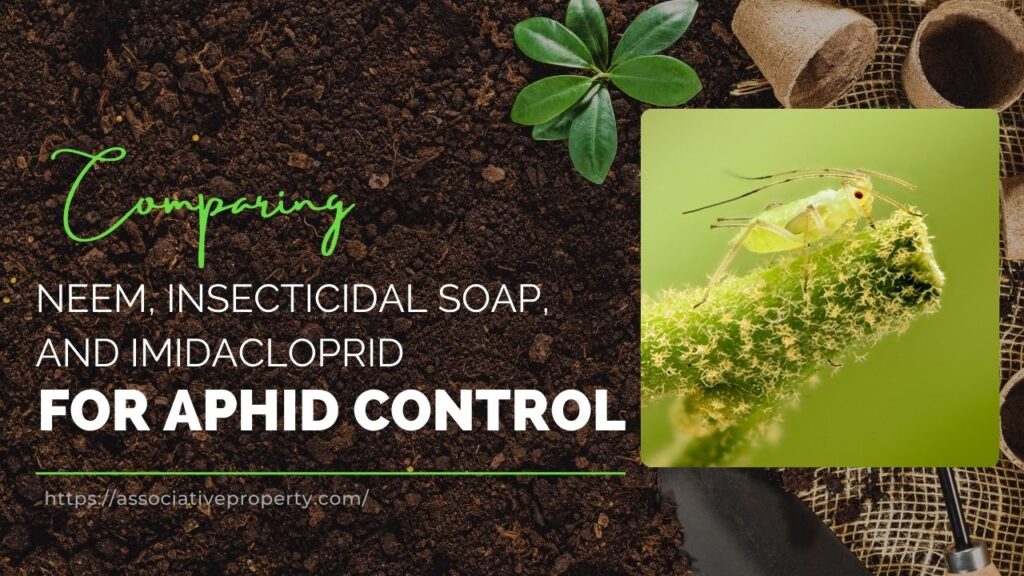If you’ve ever had to deal with squash bugs, you know how annoying they can be. I’ve faced the same problem in my garden, and today I’m going to share the best ways I’ve found for how to kill squash bugs and stop them from ruining your plants. These methods actually work, and I’ll walk you through each one.
Facts and Figures Based on My Squash Bug Prevention Experience
| Method | Purpose | When to Use | Time | Why It Works |
|---|---|---|---|---|
| Clean up debris | Remove hiding spots for bugs | Fall | 1–2 hours | Bugs hide in dead plants |
| Avoid certain mulches | Stop bugs from hiding | Fall | Immediate | No shelter for bugs |
| Use compost as mulch | Improve soil, avoid bugs | Fall/Spring | Depends on garden size | Compost doesn’t shelter bugs |
| Grow squash up | Keep bugs off the ground | Spring/Summer | Initial setup | Bugs can’t easily access plants |
| Rotate crops | Confuse bugs | Spring | During planting | Bugs can’t find squash in the same spot |
| Use row covers | Block bugs from plants | Planting time | Few minutes | Protects plants from bugs |
| Plant shrubs/berries | Attract bug-eating predators | Perennial | Long-term | Predators help control bugs |
| Grow dill/chamomile | Attract helpful flies | Spring/Summer | During planting | Flies eat squash bugs |
| Handpick bugs | Remove bugs by hand | Summer | Ongoing | Works for small numbers of bugs |
| Vacuum bugs | Remove lots of bugs quickly | Summer | 5–10 minutes per plant | Fast for large infestations |
| Set traps | Trap bugs at night | Summer | 5 mins setup + daily check | Bugs hide under traps, easy to collect |
| Castile soap spray | Kill bugs quickly | Summer | 2 minutes to mix | Kills bugs on contact |
Understanding the Squash Bug Life Cycle
Before I could deal with squash bugs, I needed to understand their life cycle. That was the first step.
- They only have one generation per year
- Adult squash bugs spend winter hiding in garden debris
- In spring, they emerge and lay eggs on the underside of leaves
- Those eggs hatch into fast-moving nymphs, gray and black in color
- By late summer, they become adults and wreak havoc on plants
At first, the damage looked like little specks on my squash leaves. Then those specks turned yellow. Eventually, parts of the vine turned into a crispy black or brown mess.
At best, this slows production. At worst, especially with young plants, it kills the entire squash plant. And they don’t just target squash. I’ve found them on cucumbers, melons, and zucchini too.
Why Prevention Is My First Line of Defense
I always start with prevention. It’s the best strategy because once squash bugs become adults, they are much harder to get rid of. But don’t worry, I also have a proven method that kills them in under five minutes. Stick around.
My Prevention Checklist:
- Clean up garden debris in fall
Since they overwinter in plant debris, I make sure to:- Remove all leaves and dead plant material
- Toss them into the compost bin
- Avoid debris-based mulch
In the fall, I still mulch, but not with:- Straw
- Newspaper
- Wood shavings
These just give squash bugs a place to hide. Instead, I mulch with compost.
- Grow squash vertically
I’ve started training my squash plants to grow up instead of out. This:- Keeps squash bugs off the ground
- Doesn’t stop them completely but definitely helps
- Rotate crops
Every spring, the adults emerge looking for baby squash to munch on. If I rotate and plant squash in a new spot, it throws them off completely. - Use floating row covers
When I plant squash, I cover the area right away. That way, when the bugs wake up and go looking, they can’t get to my plants.
Companion Planting for Natural Defense
I’ve learned that certain bugs and plants are my allies in this fight. Here are some natural strategies I use.
Good Bugs That Help Me
| Bug | Why I Like Them |
|---|---|
| Praying mantises | They love eating squash bugs |
| Tachinid flies | Their larvae eat squash bugs from the inside out |
How I Attract These Helpers:
To attract praying mantises, I plant:
- Shrubs
- Berry canes
- Roses
These give them places to lay their eggs. I avoid buying praying mantis egg cases unless I get only one. Too many can throw my garden’s ecosystem out of balance since they eat good and bad bugs.
To attract tachinid flies, I grow:
- Cilantro
- Dill
- Chamomile
- Daisies
After all the bug battles, I like to think the chamomile is for me too. A hot cup of tea makes everything better.
What I Do When Prevention Fails
Sometimes, I miss a few bugs and they multiply. When that happens, here’s what I do.
My Go-To Methods for Squash Bug Control:
- Handpick them
I go through the plants and pick them off one by one. It works if you catch them early. - Use a vacuum
When there are too many, I just vacuum them right off the plant. It’s surprisingly effective. - Trap them with cardboard or wood
At night, I place wood or cardboard near the base of the plants. Bugs crawl under it to hide. In the morning, I collect and dispose of them.
The 5-Minute Kill Solution That Shocked Me
Now here’s the part that blew my mind.
I found a video from 2011 on the Your Victory Garden channel. In it, the gardener used a simple spray solution that killed squash bugs in under five minutes. Here’s what he did:
What You Need:
| Ingredient | Quantity |
|---|---|
| Dr. Bronner’s Castile Soap | 1 tablespoon |
| Water (in spray bottle) | 32 ounces |
Steps:
- Add 1 tablespoon of Dr. Bronner’s Castile Soap to a 32-ounce spray bottle filled with water
- Shake it well
- Spray it directly on squash bugs
He demonstrated it on both adults and nymphs, and within minutes they were dead. I’m talking on their backs, legs up, totally gone.
I’m not embedding that video here because I don’t have his permission, but I’ve linked it in my video description. Go check it out if you’re dealing with a squash bug infestation.
Final Thoughts
I hope this post helps you like it helped me in my own garden. If you learned something, share it with a fellow gardener. Every small step helps when you’re facing off with pests.
Tomorrow, I’ll be talking about another squash villain—the earwigs. Stay tuned.
FAQs: How To Kill Squash Bugs?
1. What do squash bugs look like?
Squash bugs are flat, brownish-gray insects about 1/2 inch long. Adults have a shield-like shape, while nymphs are smaller, darker, and have orange spots. They usually hide under squash leaves.
2. How do I know if I have a squash bug infestation?
Look for yellow or brown spots on squash leaves, visible bugs under leaves, or black oval eggs. These signs indicate an infestation.
3. Can squash bugs kill my plants?
Yes, squash bugs suck plant sap, causing leaves to yellow and die. If untreated, they can kill young squash plants.
4. Are squash bugs harmful to other plants?
Yes, squash bugs also attack cucumbers, melons, and zucchini. They may move to other plants if their preferred hosts are unavailable.
5. How can I prevent squash bugs without chemicals?
Use clean gardening practices, crop rotation, and row covers. Plant dill or chamomile to attract beneficial predators like tachinid flies.
6. Why should I avoid straw or wood shavings as mulch?
Straw and wood shavings provide shelter for squash bugs. Instead, use compost or mulch that doesn’t offer hiding spots.
7. Do squash bugs hibernate in the winter?
Yes, adult squash bugs hibernate in garden debris or mulch. Cleaning up your garden in fall helps prevent overwintering bugs.
8. Can squash bugs be controlled with organic pesticides?
Yes, neem oil and insecticidal soap can help. However, handpicking and encouraging predators are more sustainable long-term solutions.
9. What’s the best time to treat a squash bug infestation?
Treat early in the season when nymphs appear. Young bugs are easier to control than adults.
10. Do row covers work for all types of squash bugs?
Yes, row covers are effective in preventing squash bugs early in the season. Remove them when plants begin to flower for pollination.
11. How can I attract natural predators to my garden?
Plant shrubs or herbs like dill, cilantro, or chamomile to attract predators such as praying mantises and tachinid flies.
12. How often should I check for squash bugs?
Check at least once a week during spring and summer to catch squash bugs early and prevent infestations.
13. What should I do if I find squash bug eggs?
Scrape off eggs with a brush or finger and drop them into soapy water. Regular removal reduces the next generation of bugs.


